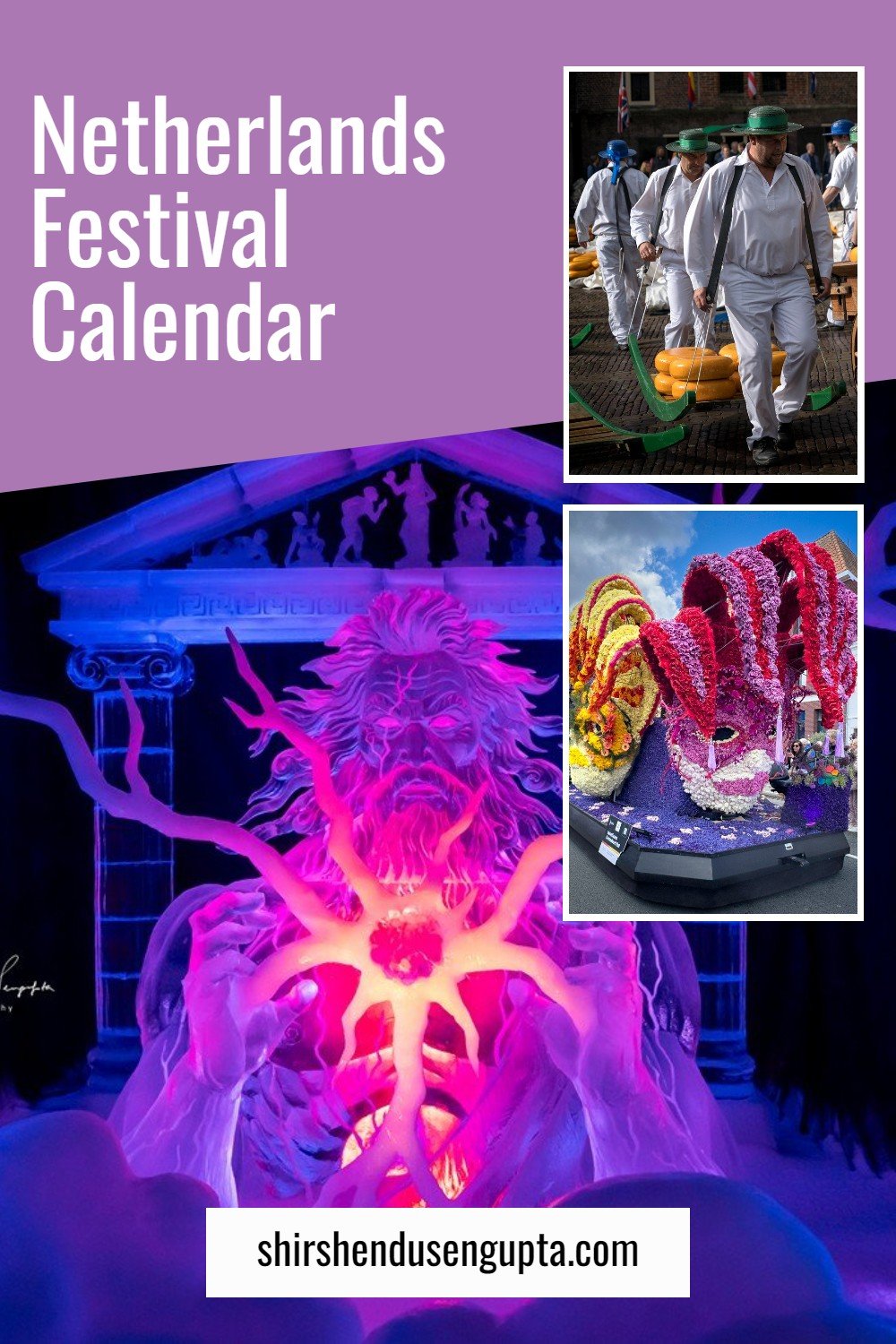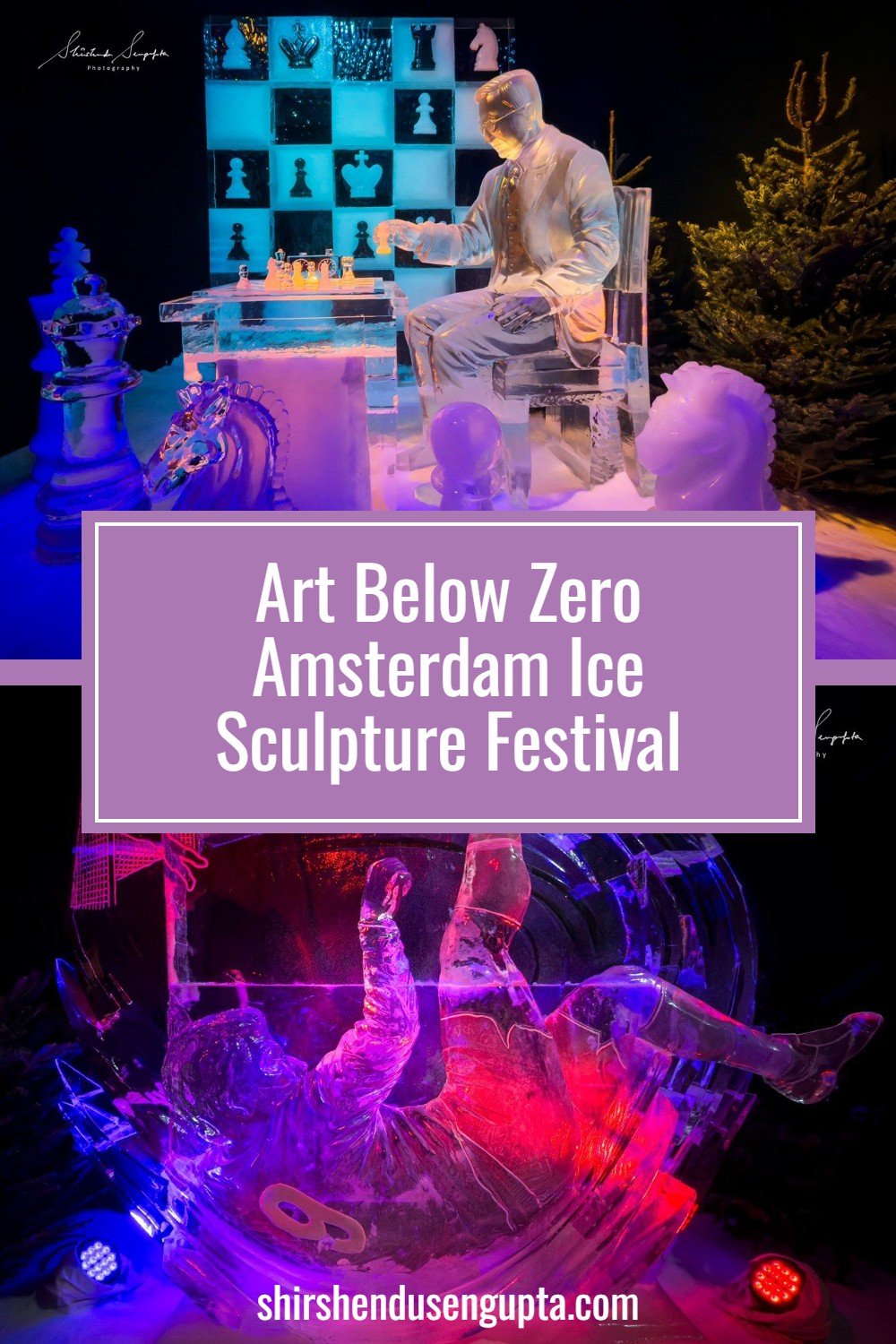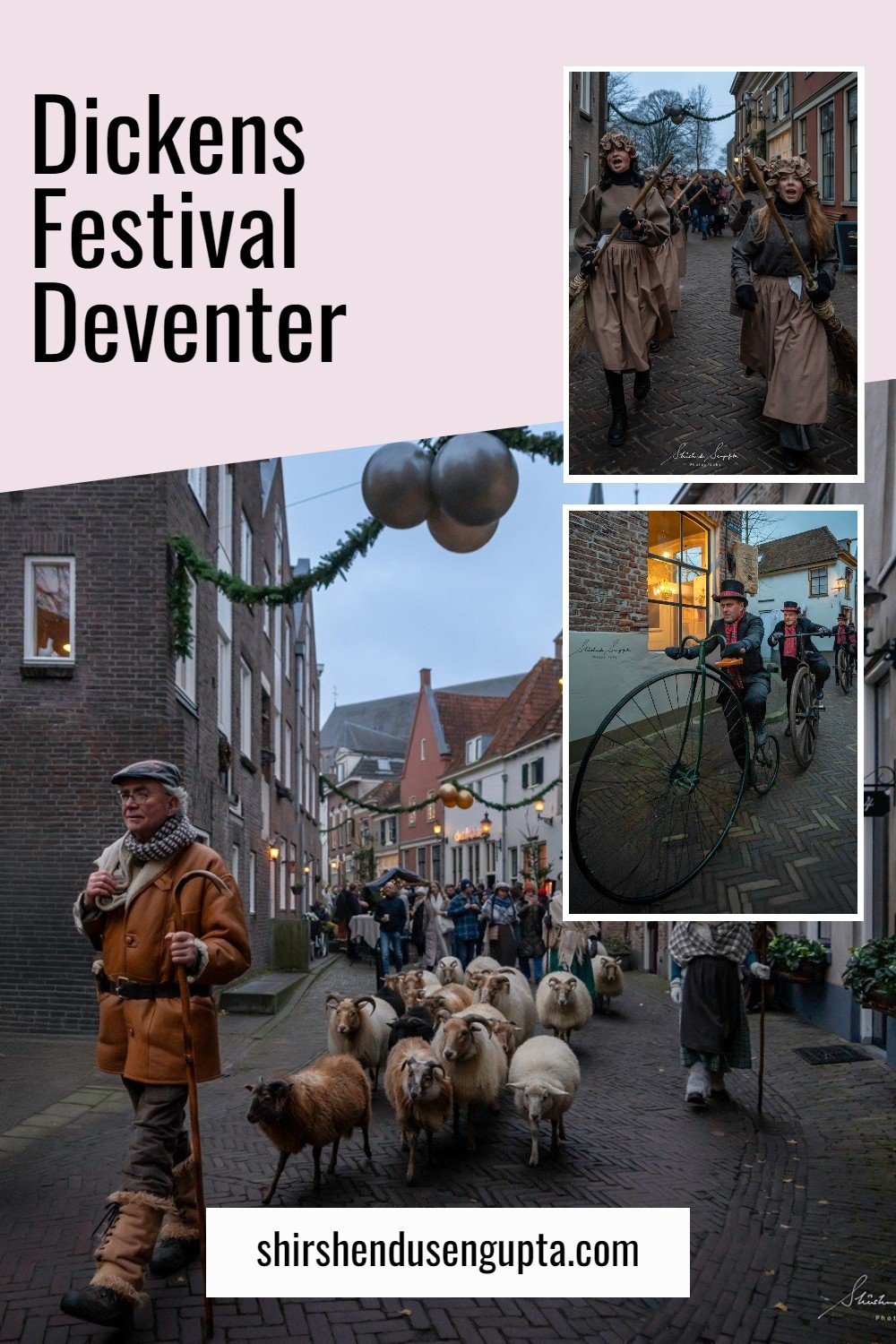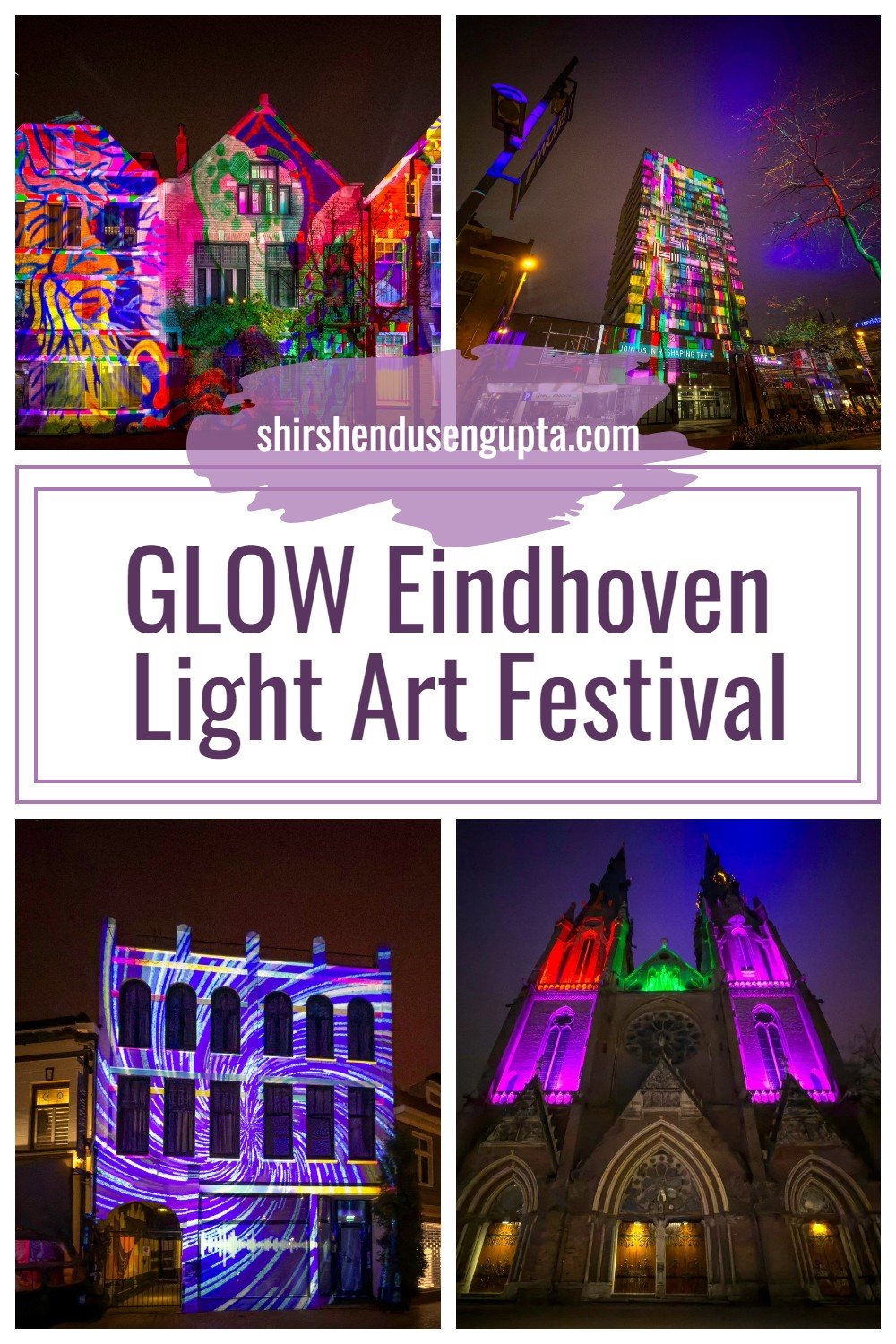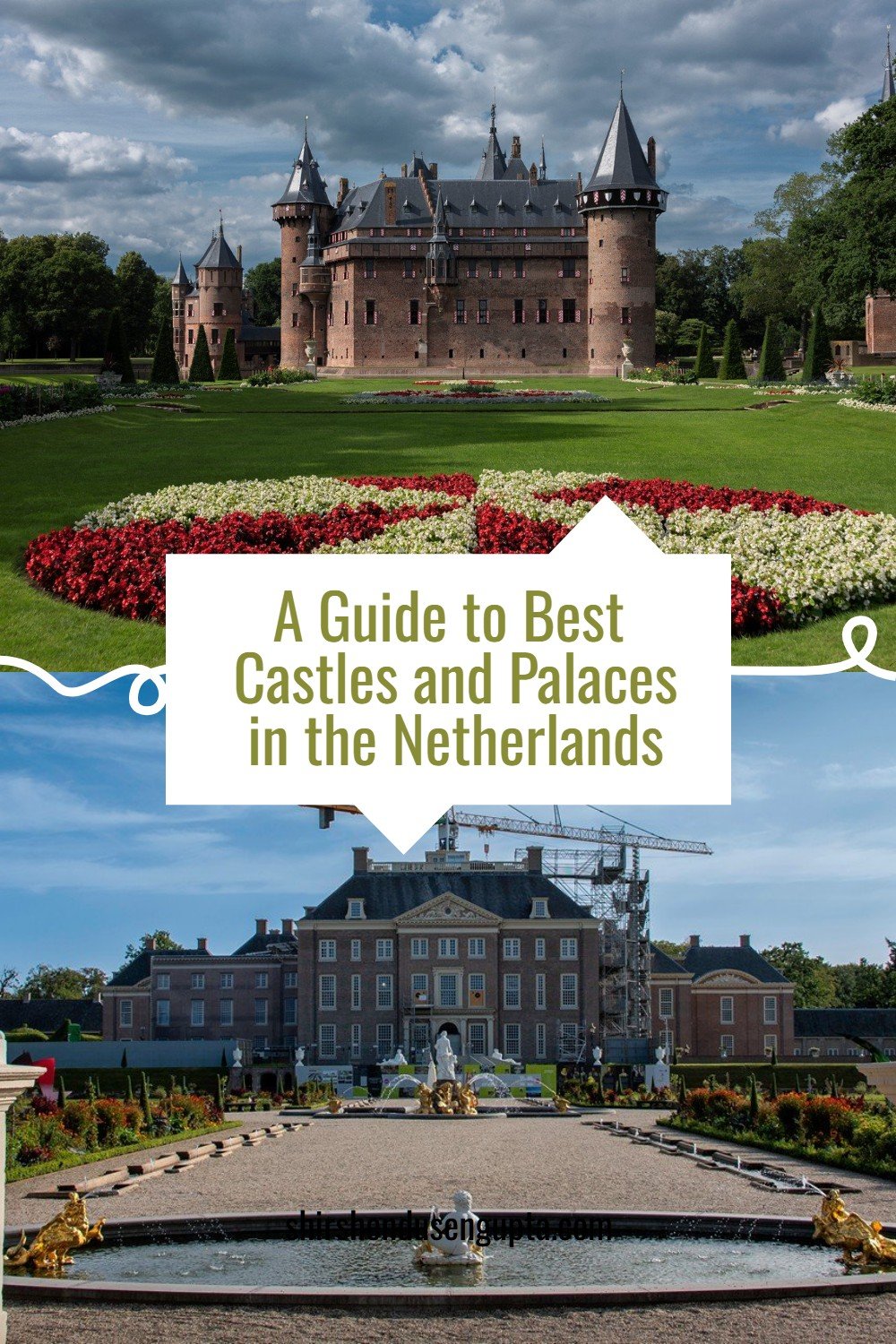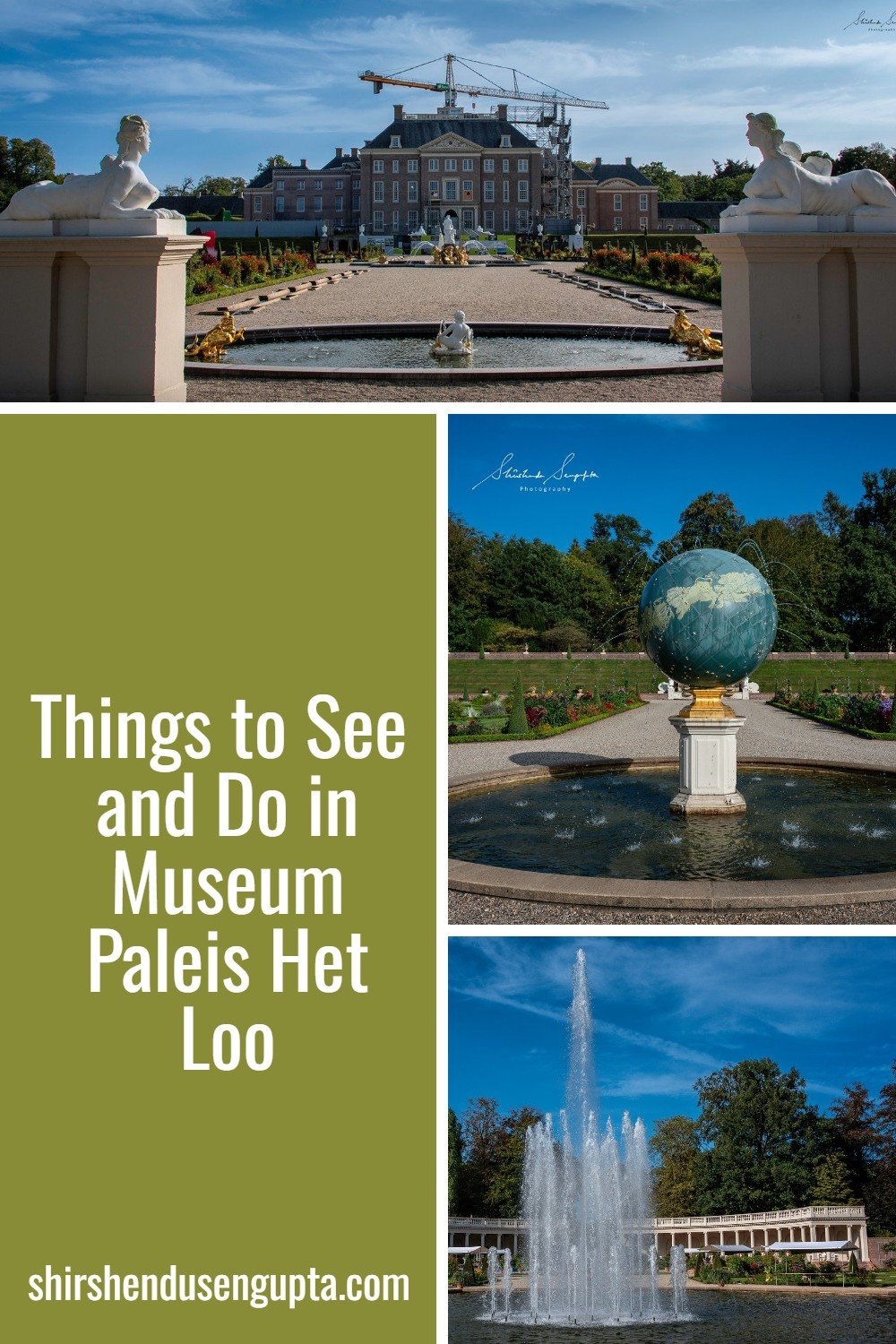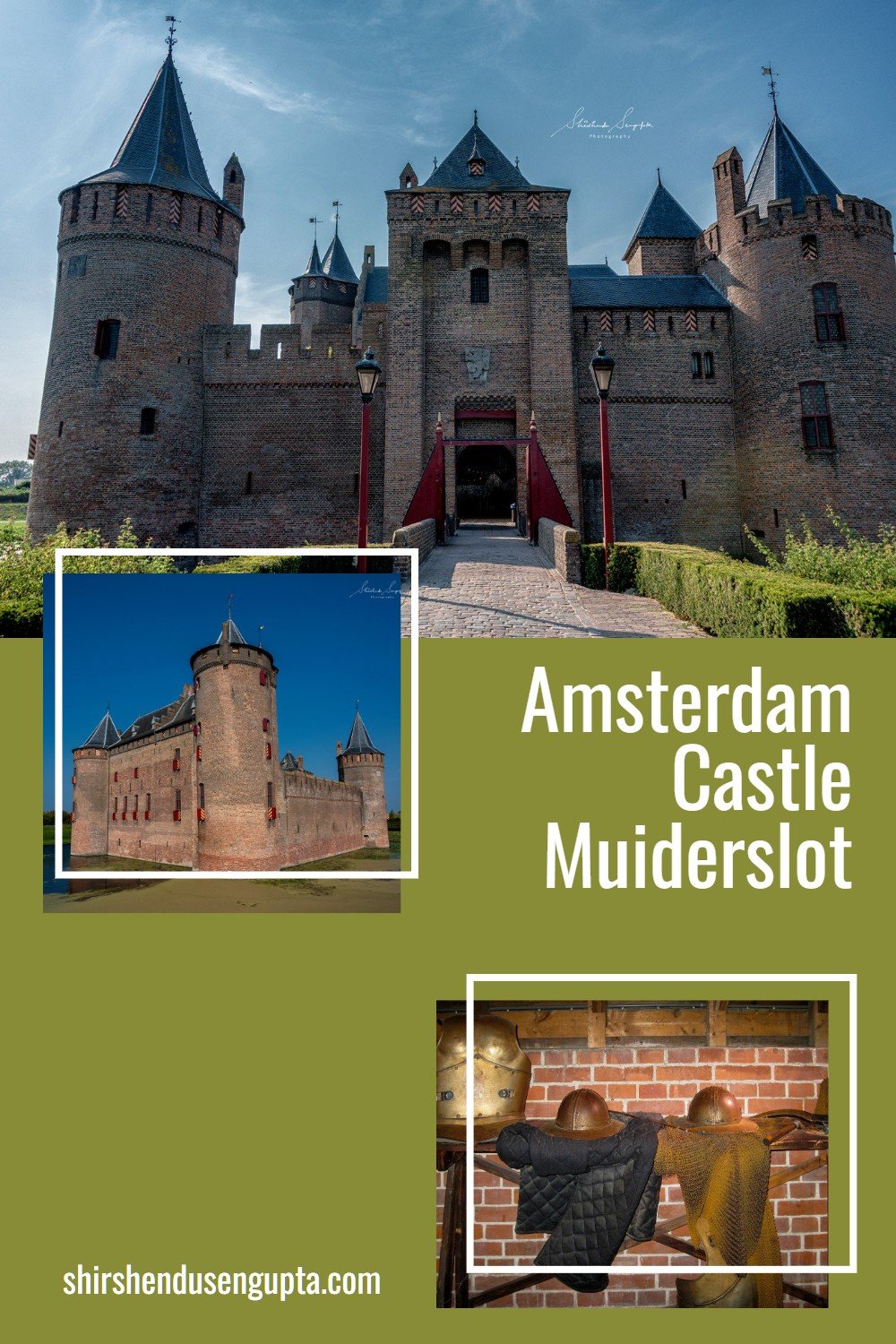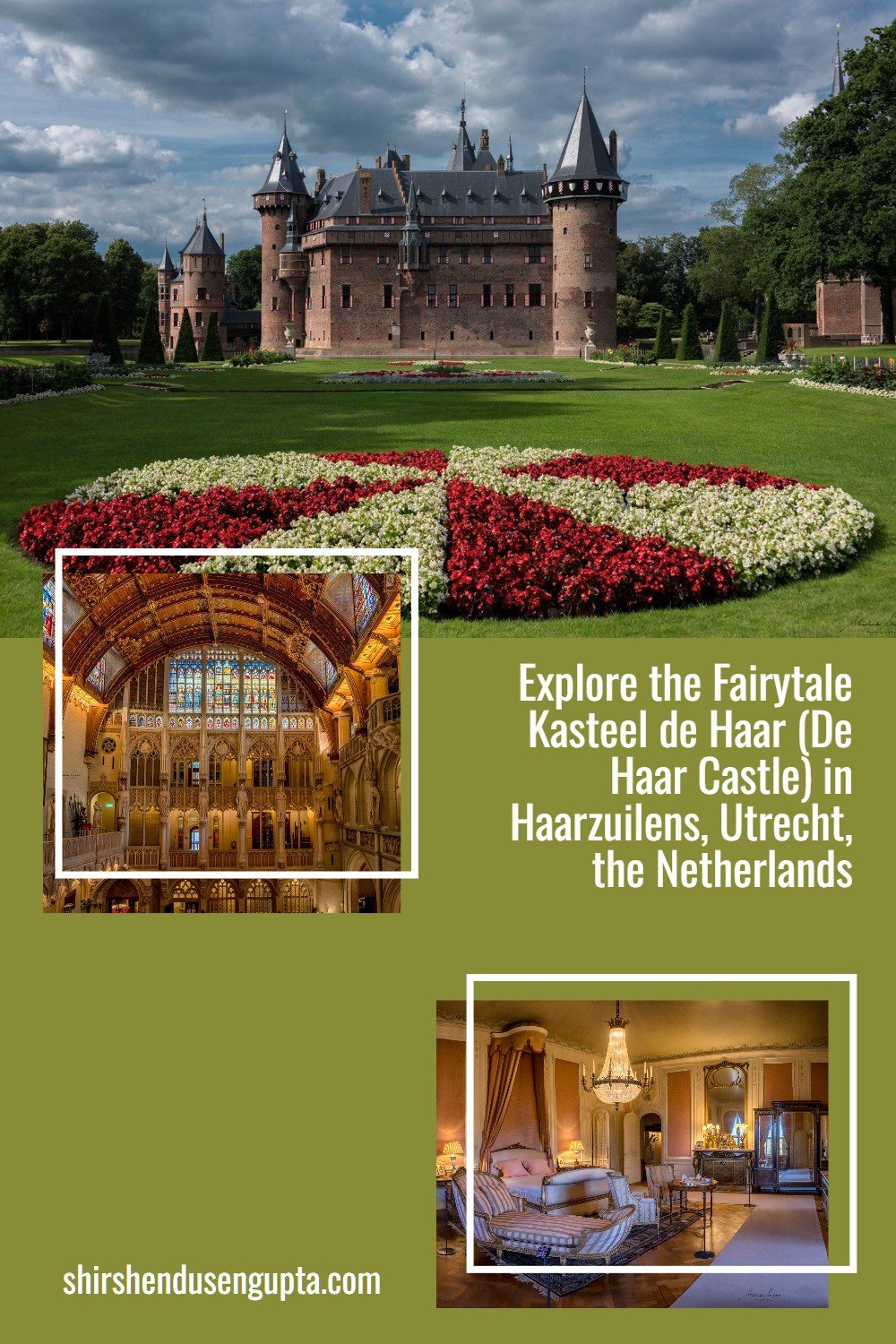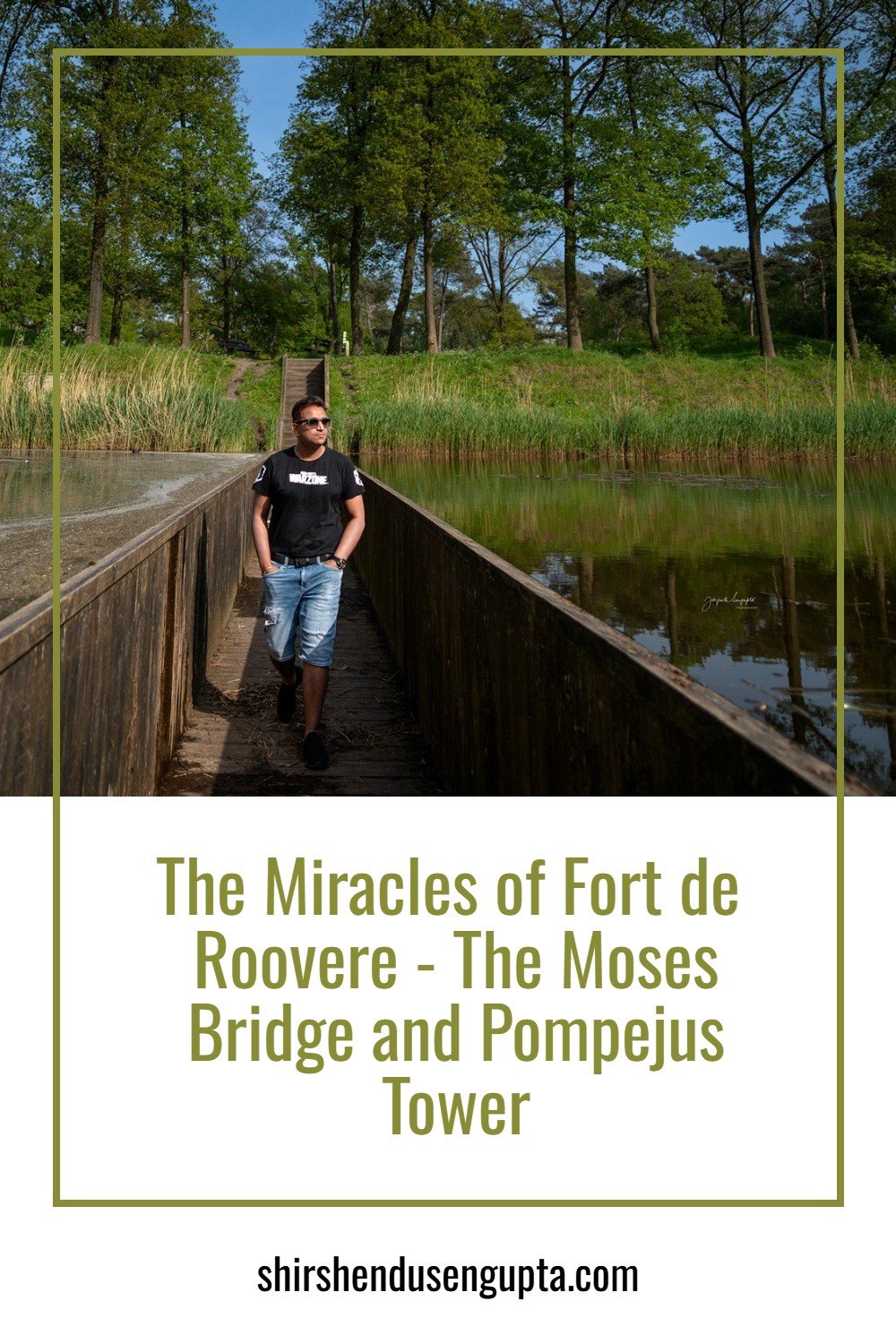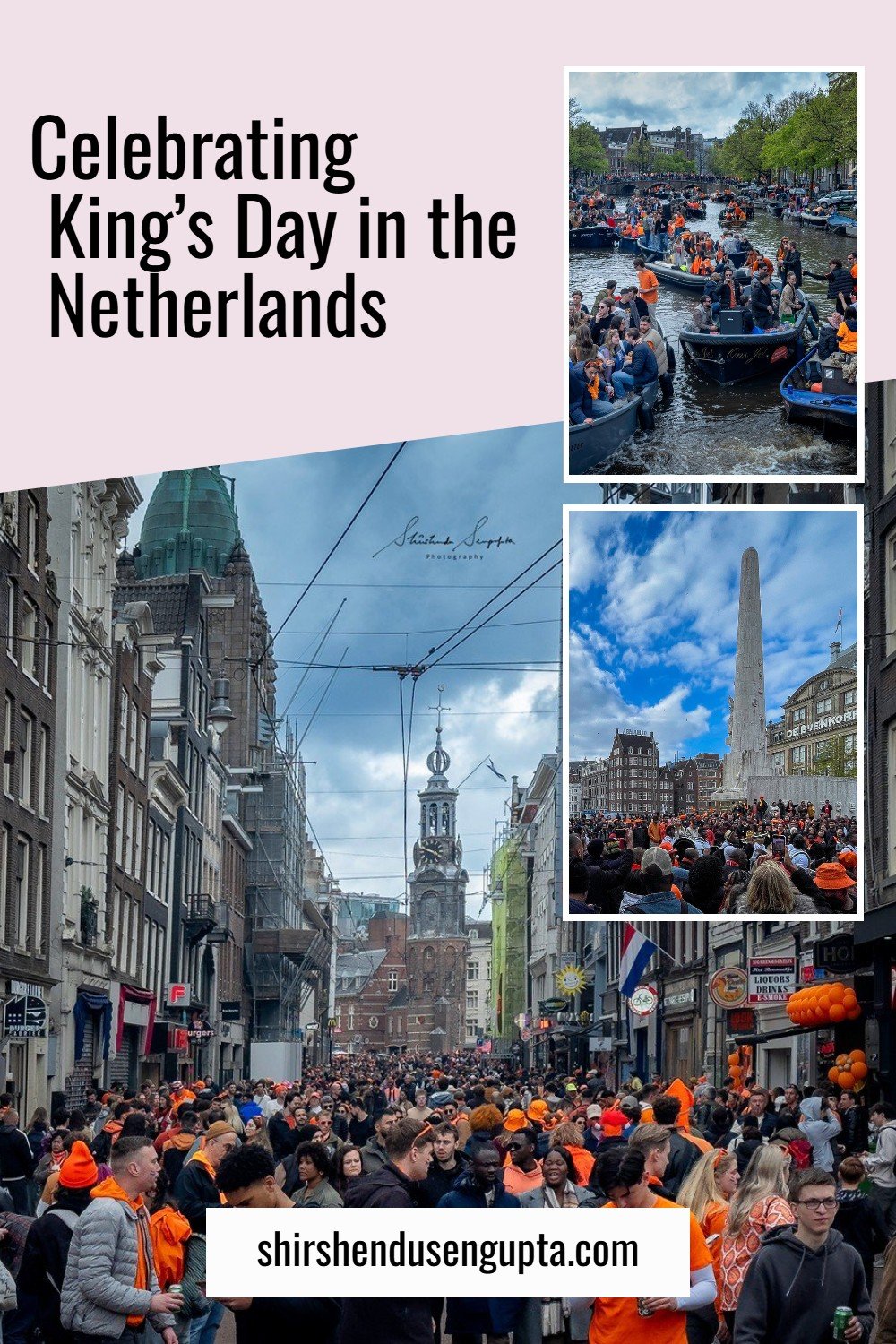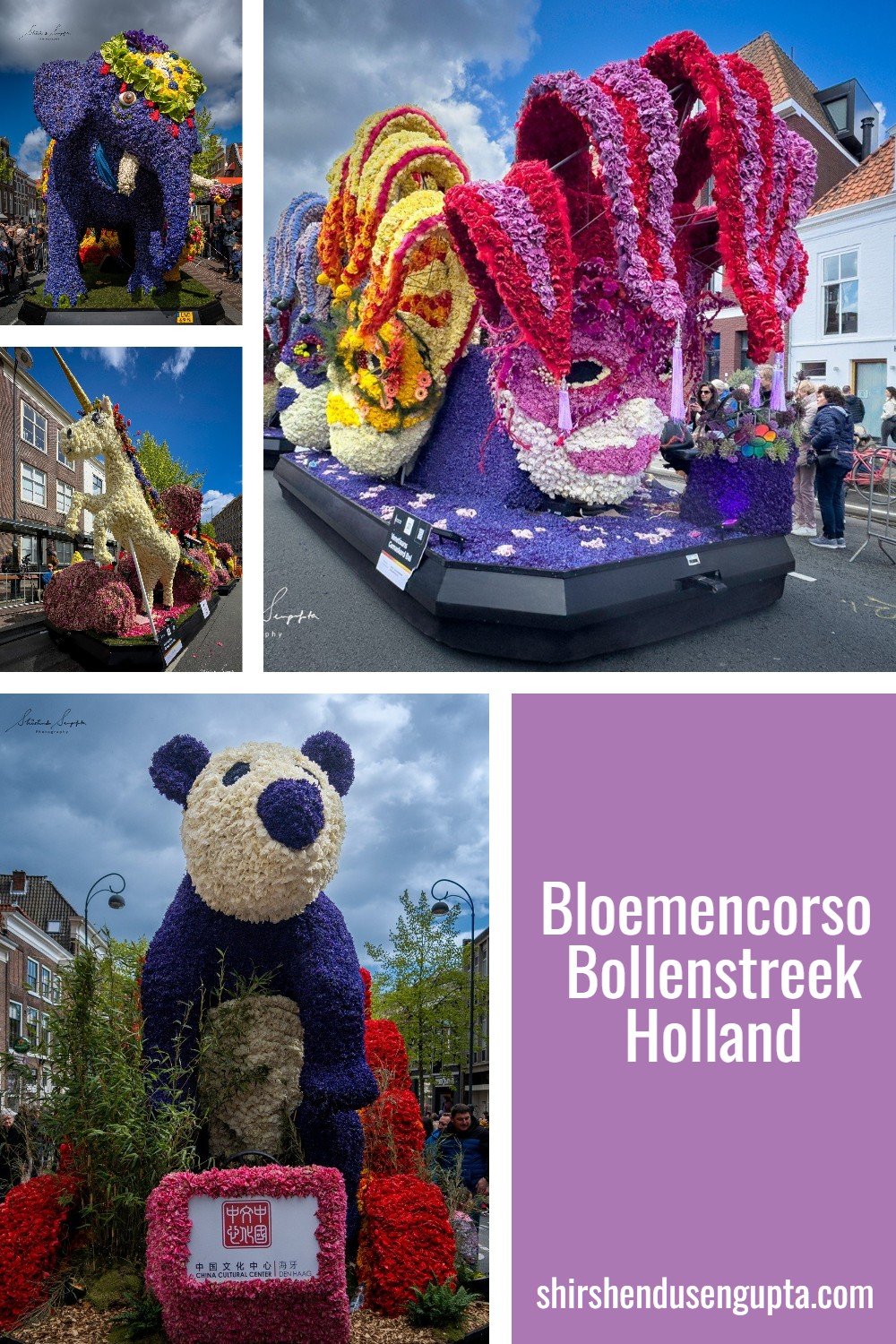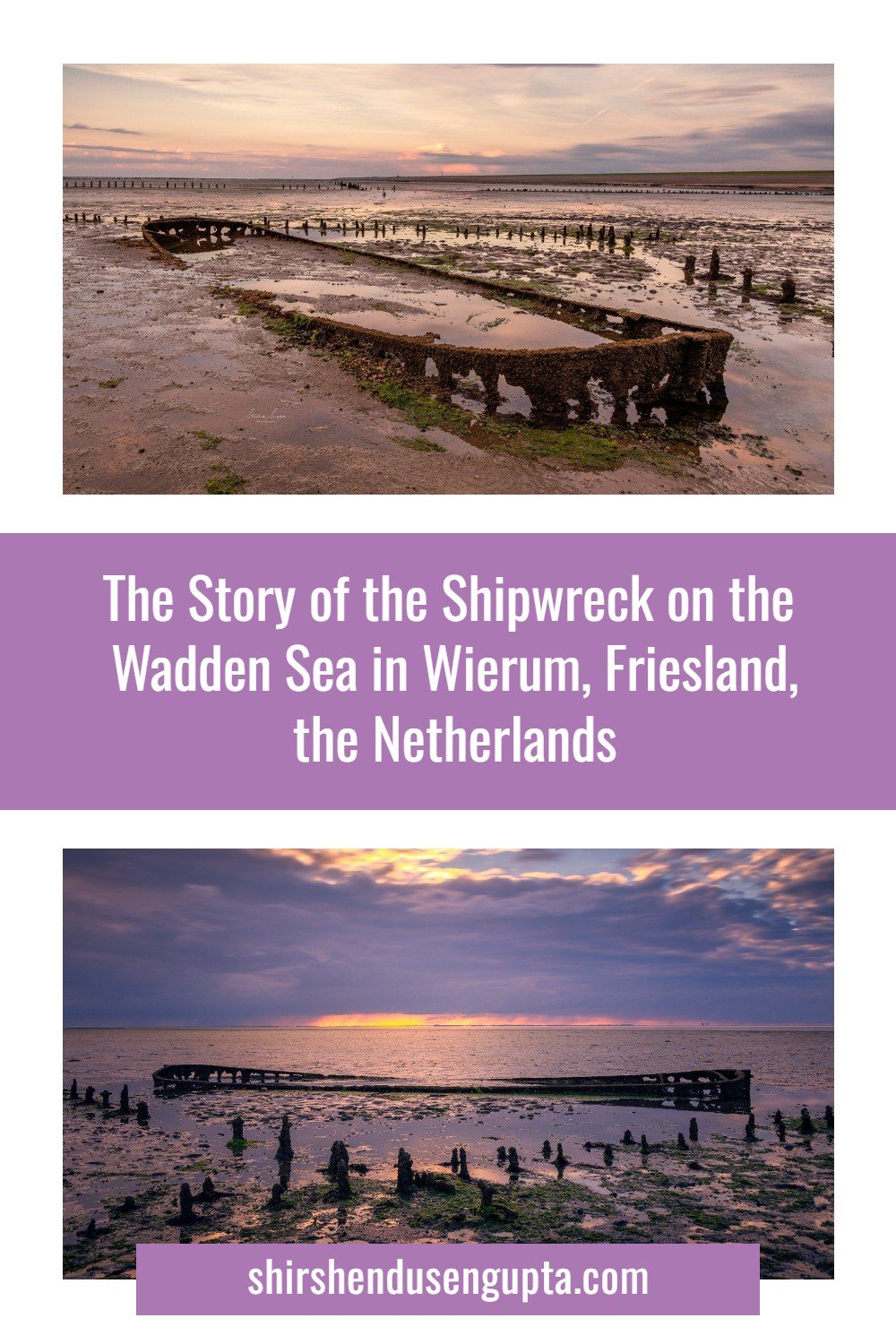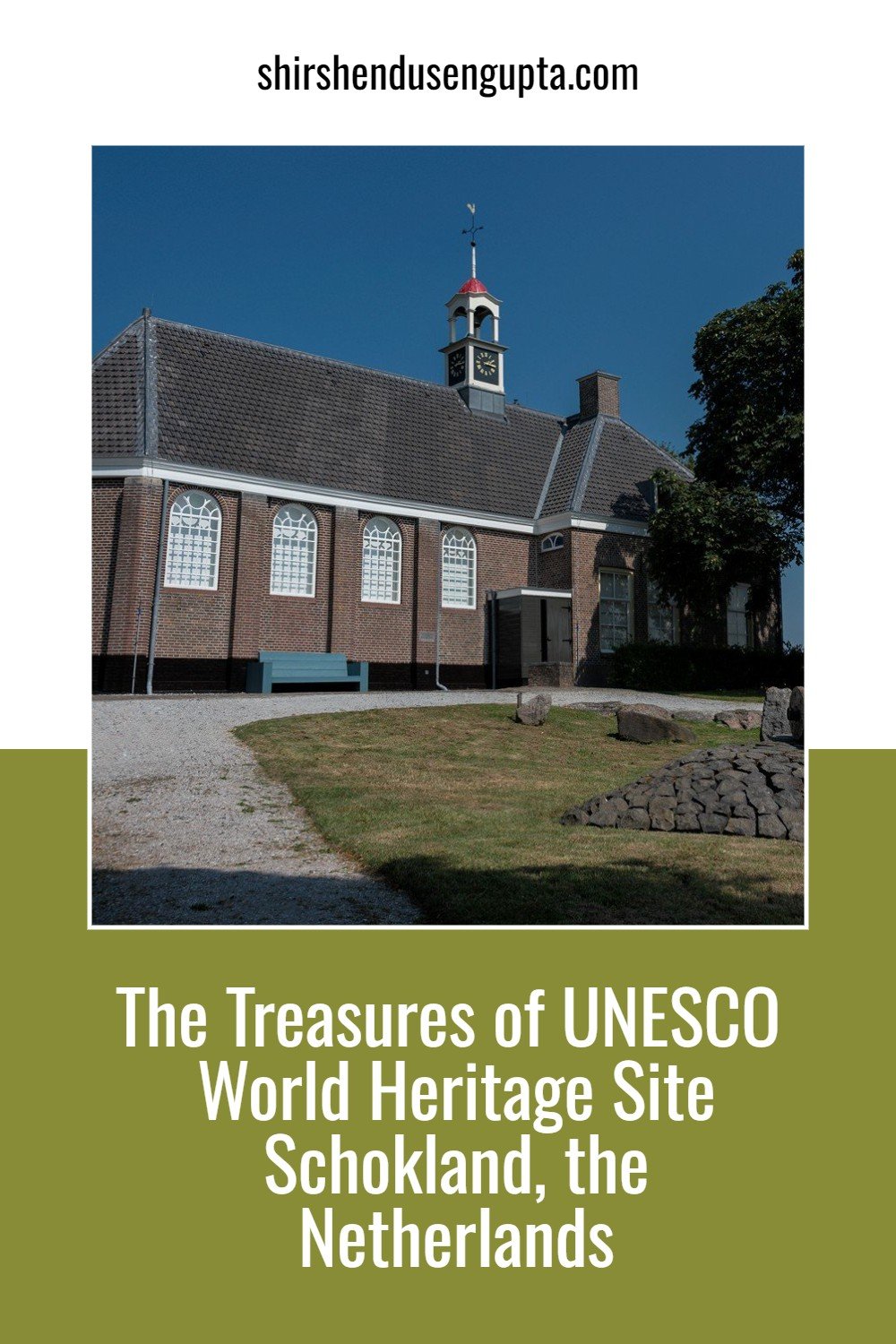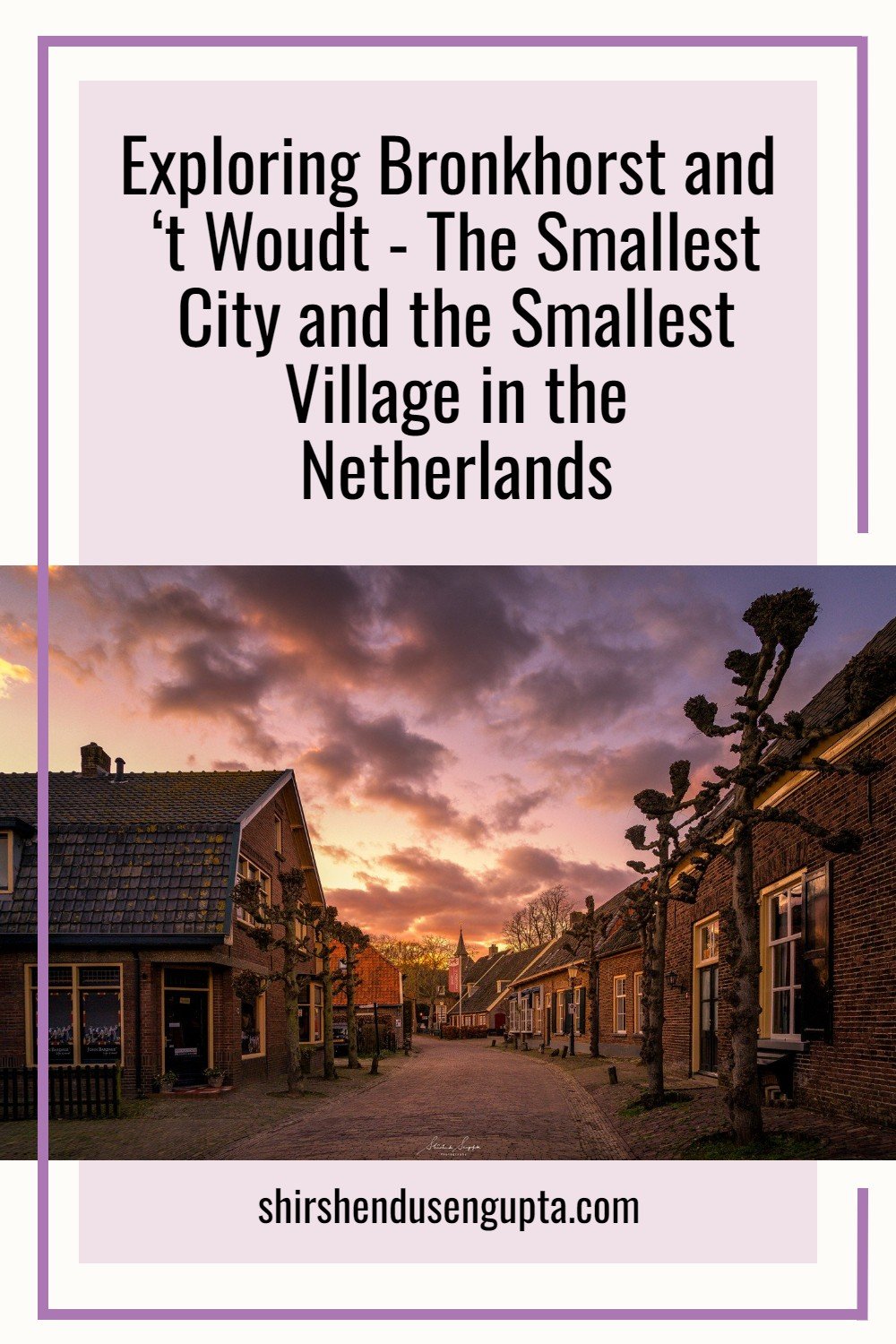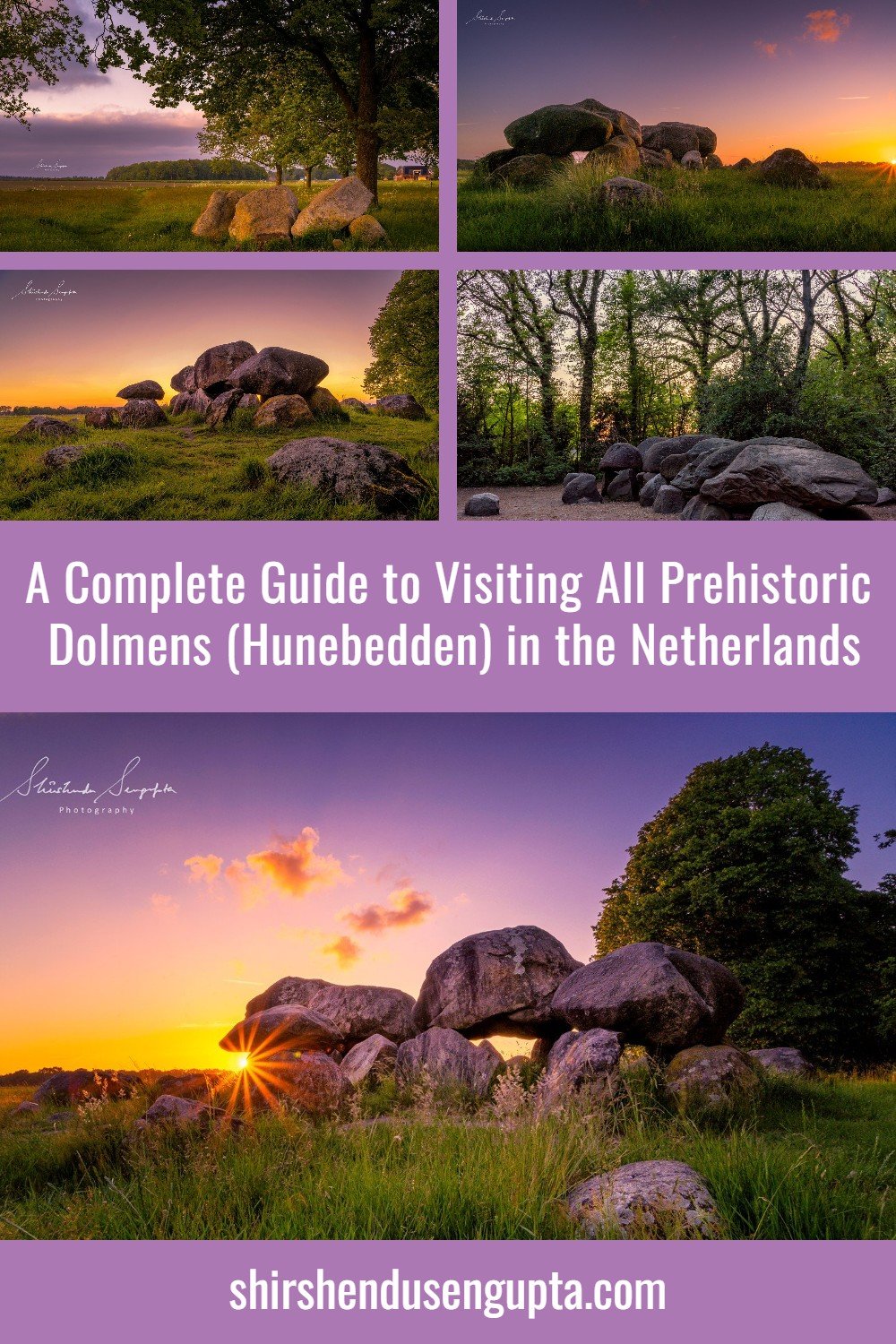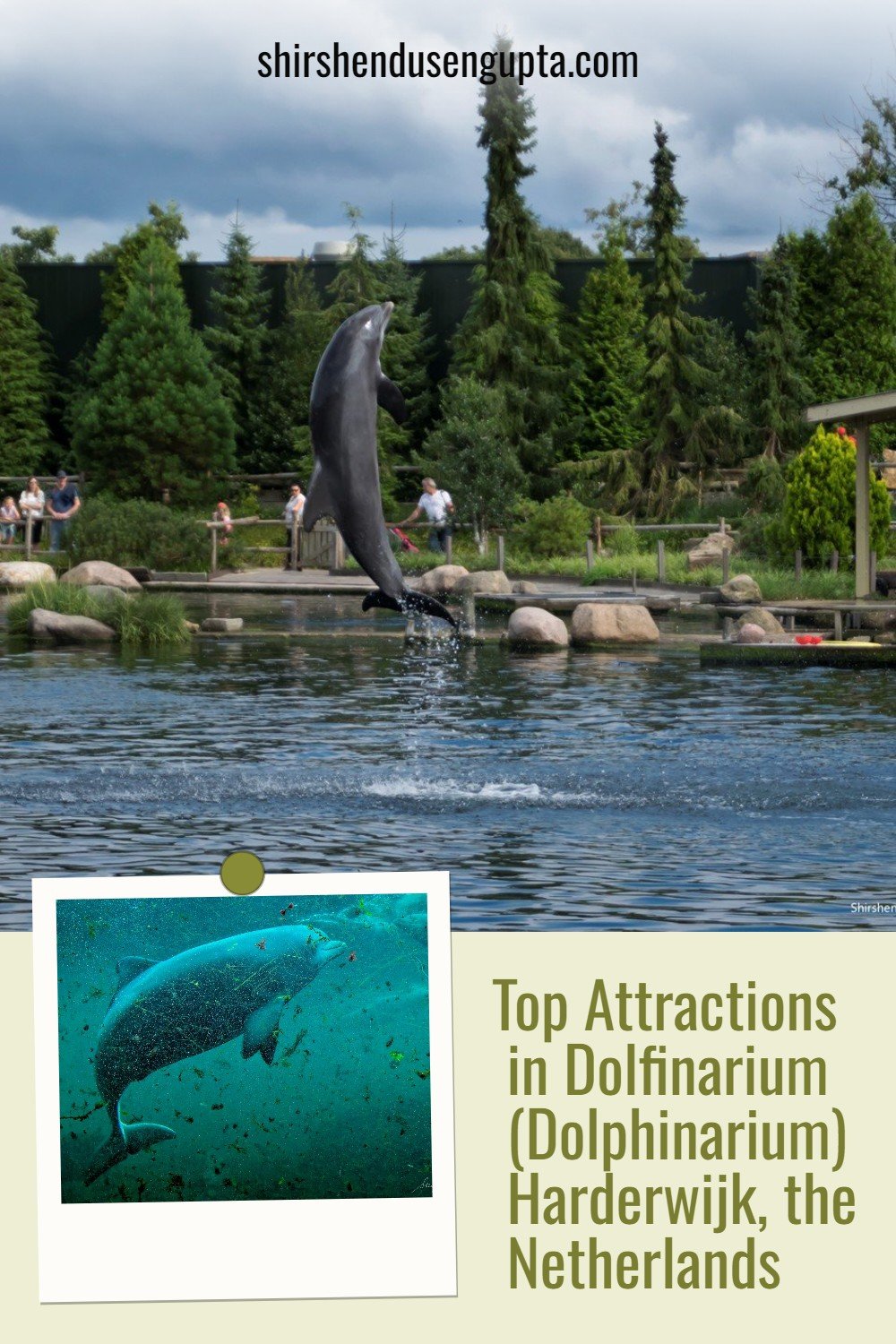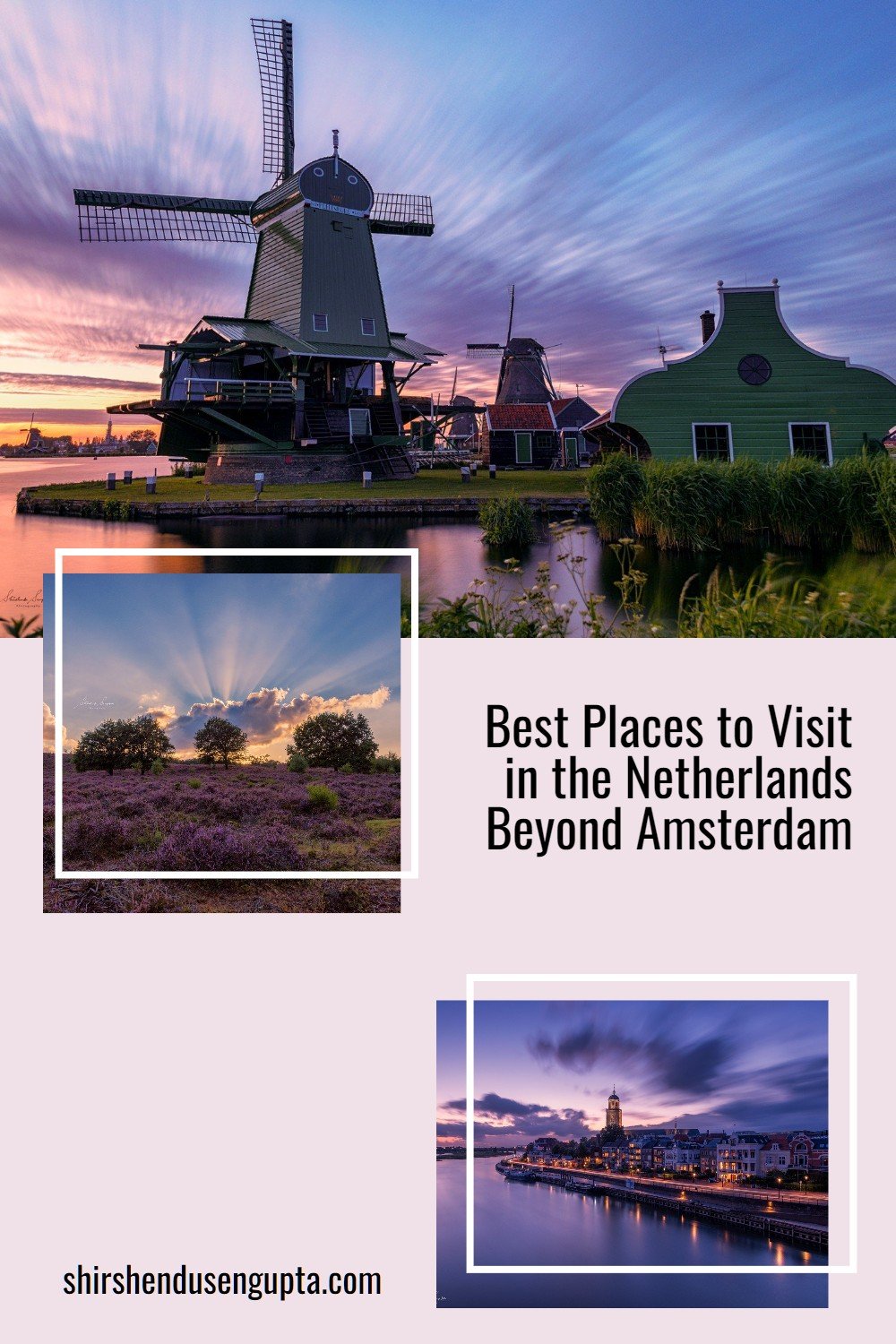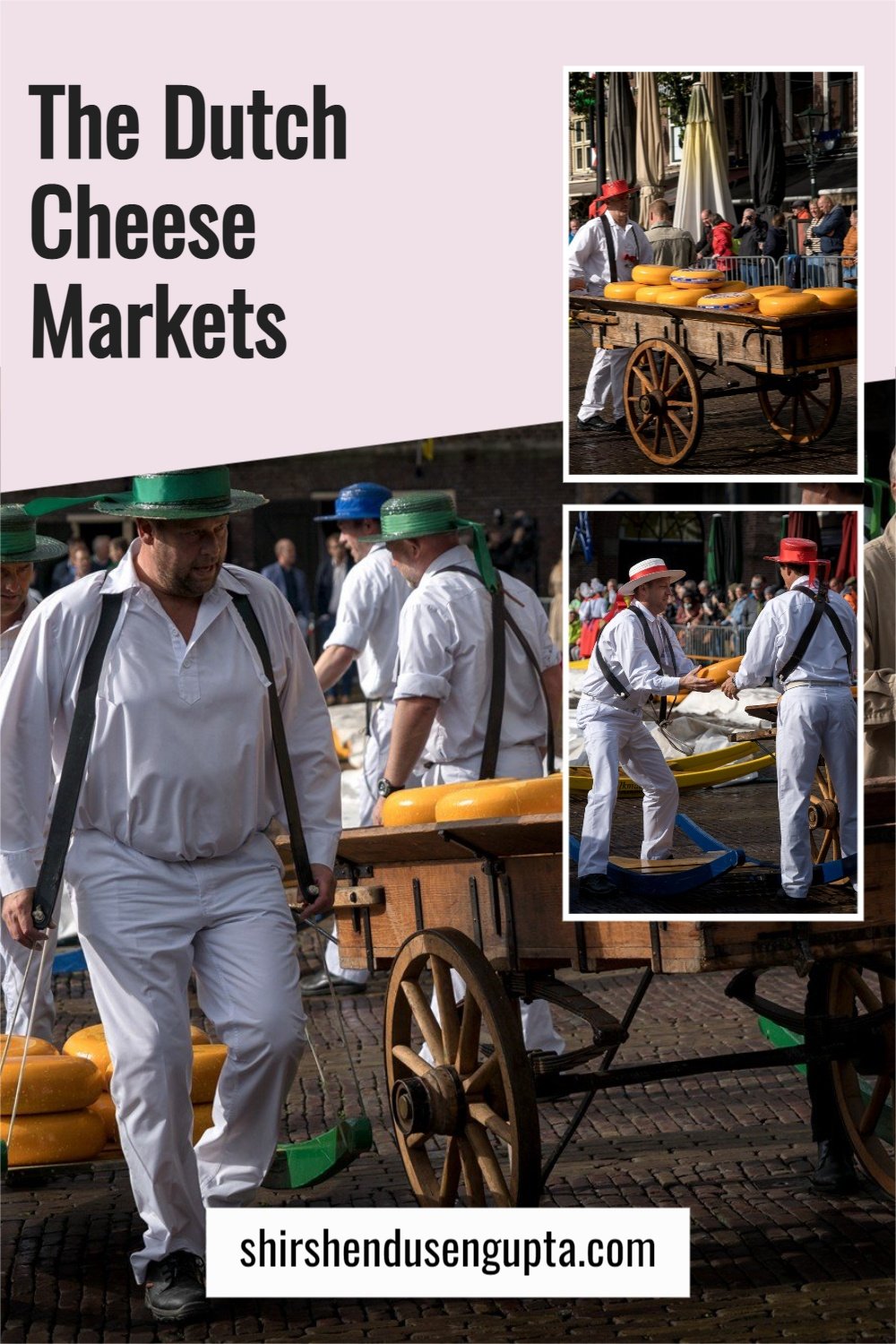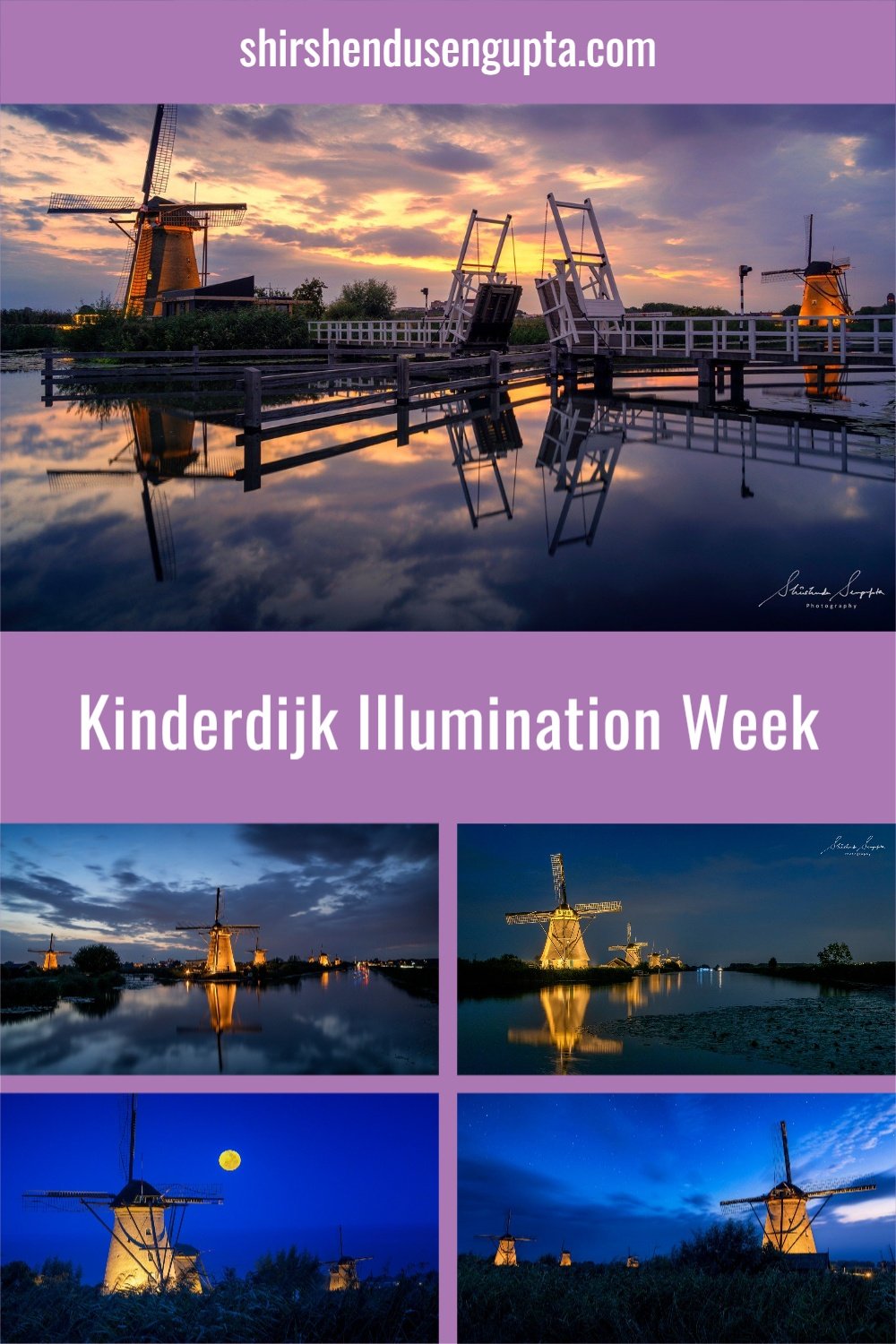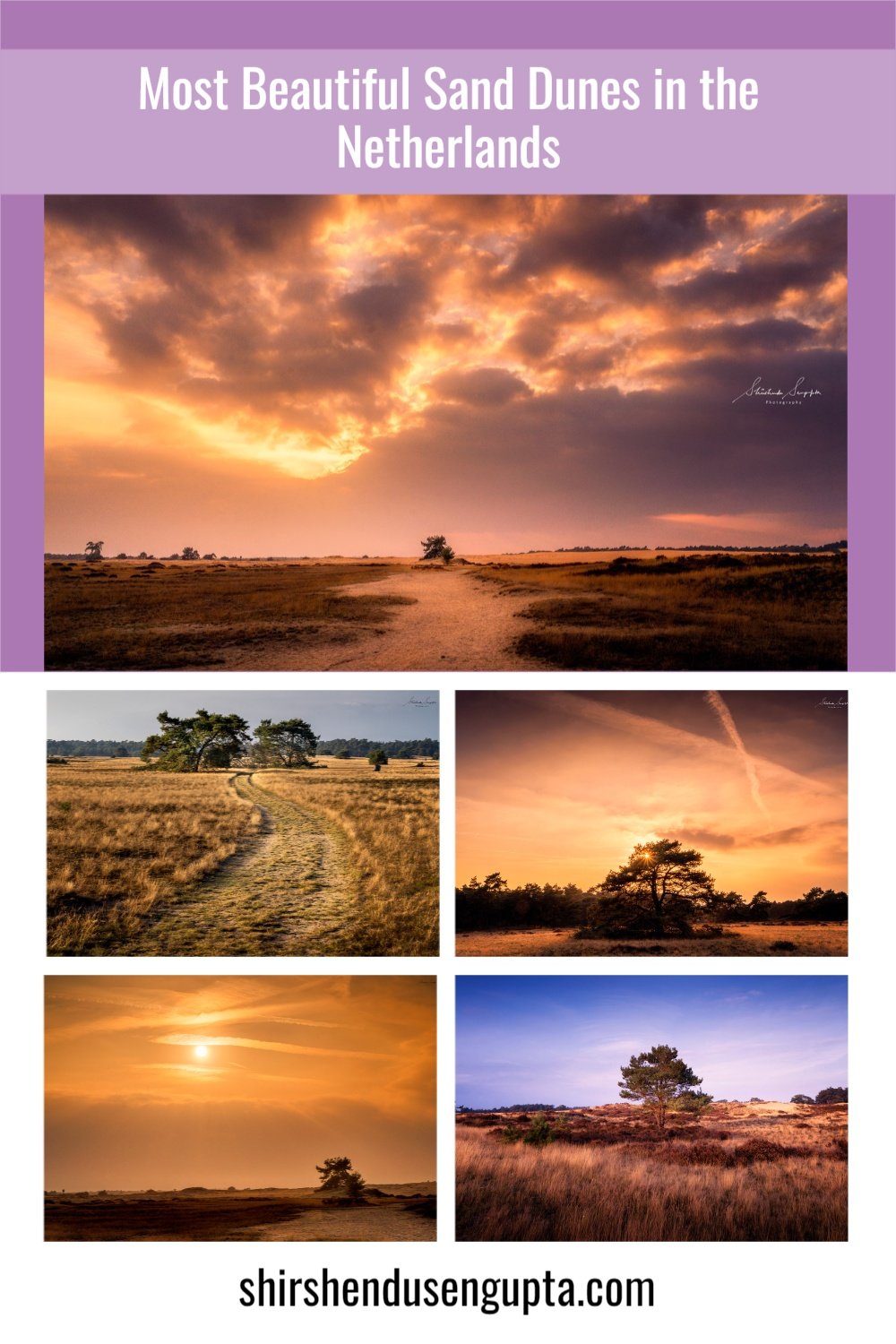The White Village of Thorn | 7 Best Things to See and Do in the White Town of Thorn in Limburg, the Netherlands
Welcome to The ‘White Village of Thorn’
Situated in the Southern Dutch province of Limburg near the Belgian border, the city of Thorn, popularly dubbed as 'The White Village,' 'The Tiny White Town,' or 'Het Witte Stadje' in Dutch, is a fascinating place to visit, thanks to its history as an Imperial Abbey ruled by women and the turbulent aftermath of the French invasion in the 18th century. Today I’m going to take you along with me on a ride across the 7 best things to see and do in this beautiful town. Let the journey begin!
A Brief History of Thorn
According to popular belief, Count Ansfried, the bishop of Utrecht erected an abbey in Thorn in 990 AD, with his wife for their daughter Benedicta, who became the convent's first abbess. Soon after its founding, the abbey began to attract wealthy women from the nobility, and what began as a strict nunnery evolved into a secular form of a monastery. The abbey was governed by an abbess, who was assisted by a chapter of six to twelve aristocratic ladies who carried all of their earthly belongings with them and were allowed to keep them. As a result, the convent amassed substantial land holdings in today's Dutch provinces of Noord-Brabant and Limburg, as well as in Belgium and Germany. The canonesses were already farming the land and reaping large profits in the 13th century.
Becoming a Symbol of Woman Empowerment
The abbess of Thorn managed the estate in the same way as other, typically male, noblemen did. The small autonomous country, which had its own currency, judicial system, and a small army, was acknowledged by the larger states of the time. During a time when men ruled nearly all of Europe, noblewomen ruled this region for 800 years. This attracted women from all over Europe, resulting in a unique blend of European architecture that was distinct from the rest of the Netherlands. Thorn Abbey even became an abbey principality between 1150 and 1794 AD under the Holy Roman Empire, gaining special administrative powers.
Fall of the Abbey and Rise of ‘The White Village’
Female rule and historical girl power were eventually put to an end by Napoleon when he conquered Europe and the Netherlands, in the late 18th century. The abbess and other noblewomen of the convent escaped their mini-state, while the poor stayed back. The French introduced a tax system that was calculated based on the size of the windows. To evade higher taxes, the poor residents made their windows smaller by bricking them and painting the house white to conceal the distinction between the new and the old bricks. Today, the city is known for this ‘White Village’, which was once a symbol of desperation.
7 Best Things to See and Do in Thorn
1. Marvel at the Historic White Houses
The thing that sets Thorn apart from any other medieval town is the iconic whitewashed buildings. They are of different designs and patterns and are unbelievably well maintained to date. A visit to Thorn is not complete without having your own collection of images of these quaint white houses.
2. Relax at the Town Square (Wijngaard Square)
The town square of Thorn was previously the abbey's garden with a vineyard (wijngaard), from which it derives its name. Now, it is the heart of the town with the Abbey Church on one end and the Municipal Museum on the other, lined with terrace restaurants, where a lunch during a hot sunny day with a view of the Abbey Church is a great experience.
3. Visit the Abbey Church ‘Sint-Michaelskerk’
The history of the Abbey Church is fascinating. The church was completed at the end of the 15th century after being built in six phases over a period of 450 years. Almost all of the Imperial Abbey's significant buildings, including the abbess's residence, were demolished after the French invasion at the end of the 18th century. The Abbey Church was the only structure that remained. The Abbey Church became a parish church in the following century. The small parish church of St. Michael was demolished, and the Abbey Church became the new St. Michael's Church (Sint-Michaelskerk).
4. Visit the Municipal Museum ‘Het land van Thorn’
The museum which translates to ‘The Land of Thorn,’ will take you on a journey through the past, teaching you all about the little white town's mysteries. How it grew from a small church to an imperial abbey ruled by powerful ladies. It houses artifacts linked to the history of Thorn and the town's previous nobility. There are also archeological findings such as coins on display, and a stunning handcrafted 1:100 size panorama of the town that spins slowly. If you're a history buff, the interactive narrative by the Abbey's founders' daughter (Benedicta) and the famed Dutch architect Pierre Cuypers, who refurbished the Abbey Church, will appeal to you.
Note: From here you can get an audio tour for a city walk.
5. Explore the remains of the Abbey on Foot
Many canonical mansions, churches, and other national monuments are found in the town center of Thorn. From the central Wijngaard Square, walk all the way to the Monument of Music along the street named ‘Onder de bomen’ meaning ‘Under the Trees.’ And do not forget to climb all the way up to the Abbey Church on Kloosterberg (Convent Hill) Street to witness the remains of the abbey. Though the majority of the abbey was dismantled in 1797, some of the complex's walls, the laundry, the medieval abbey kitchen, and some service buildings have survived to date. So get lost on foot to find the treasures of the Imperial Abbey.
If you want, you can also take an audio walking tour (from the Municipal Museum as mentioned before) for learning more about the history of the numerous buildings in the historic center of Thorn.
6. Visit Natural Reserves near Thorn
Near Thorn, there is also a lot of magnificent nature to enjoy. You can extend your trip to Thorn by visiting the following places -
National Park de Groote Peel - Located north of the town, it is one of the many bird-filled areas in Holland.
De Koningssteen - One of the earliest nature development projects along the Meuse River, which defines Belgium's natural border. Galloway cattle and Konik horses help to keep the area's woodlands, thickets, and meadows diverse.
Maasplassen - Gravel extraction generated the Maasplassen, a massive, interconnected network of big and small lakes. It is the Netherlands' largest interconnected water sports area, with a surface area of over 3,000 hectares and a heart for water sports.
RivierPark Maasvallei - The environment of the Mass River Valley RivierPark is diverse, with a network of historic river arms, levees, stream channels, gravel banks, and a few well-defined residential zones. It is a distinct region with significant historical sites.
7. Do Cross-Border Cycling or Walking
Belgium is also easily accessible from Thorn. Cross-border walking and cycling are both popular activities. The Maasstadjesfietsroute, which passes through Thorn and into Belgium, is approximately 47 kilometers long. You can buy a route pass for a small amount of money in the VVV stores or through the webshop. For more information please visit hartvanlimburg.nl/en/locatie/vvv-thorn or webshophartvanlimburg.nl.
Visiting Thorn
Public Transport: Located in the south of the Netherlands, Thorn is close to Maastricht (45 km), Eindhoven (45 km), Roermond (19 km), and even Dusseldorf (80 km) or Aachen (65 km) in Germany, but a bit far from Amsterdam (170 km). Traveling to Thorn from Amsterdam by public transport takes approximately 2.5 hours and costs around €25 per person.
Thorn doesn't have a train station of its own. The best way is to reach Weert then take bus #73 to Thorn. Please note that the frequency of bus #73 is once an hour (approx.). So check the timing of the buses on 9292.nl on the day of your journey to plan your travel.
Car Parking: If you're visiting Thorn by car, you'll need to park outside of town on the streets because the historic center is car-free. This isn't a big concern because the town is small and you'll be in the heart of it in no time.
Epilogue
So those were the 7 best things to see and do in the ‘White Village of Thorn.’ Please let us know in the comments below if you enjoyed reading this article.
And if you want to explore more such hidden gems in the Netherlands, please read our article Netherlands Off The Beaten Track | 43 Best Hidden Gems in the Netherlands. Until then, merry traveling and happy shooting!
Pin the article
Bookmark the article for reading later!
Want to license/buy photos in the article?
License photos for commercial/editorial use or buy photo prints!
Want us to write an article for you?
Articles for magazines, newspapers, and websites!
Watch our Videos
Check out our videos on our Youtube Channel!
Join the Newsletter
Get updates on our latest articles!
We respect your privacy. Read our policy here.



